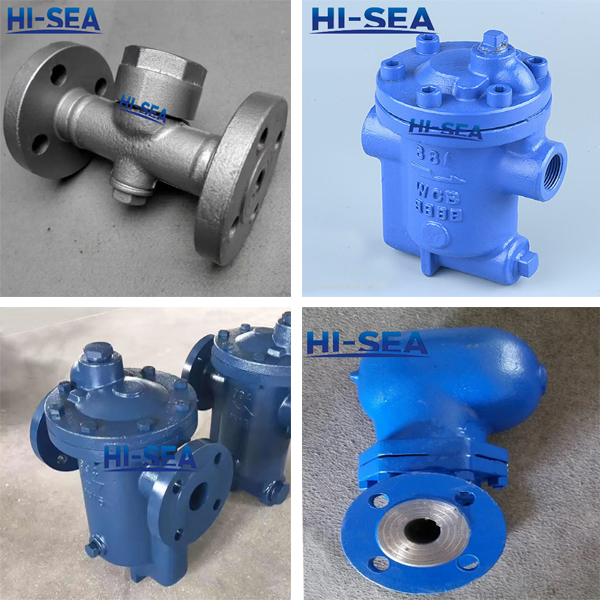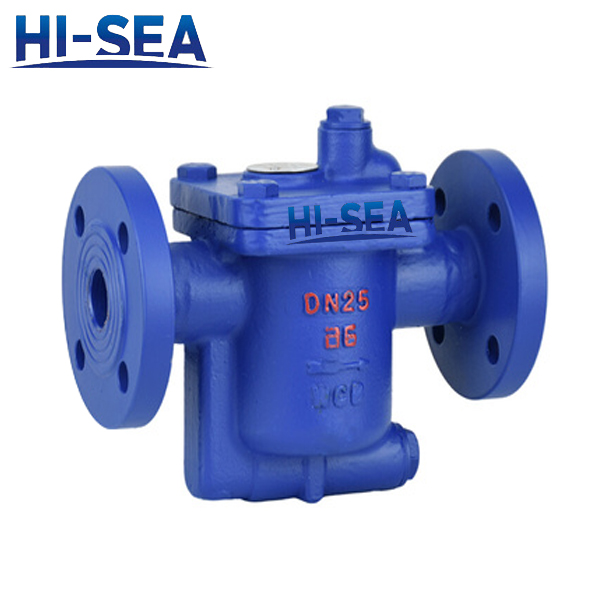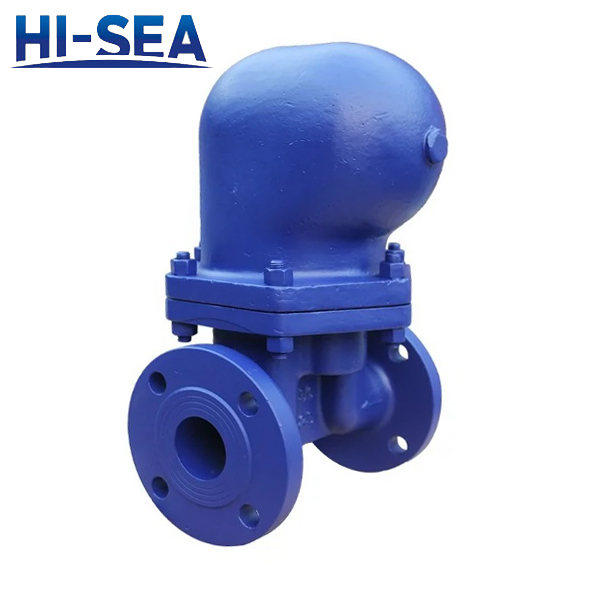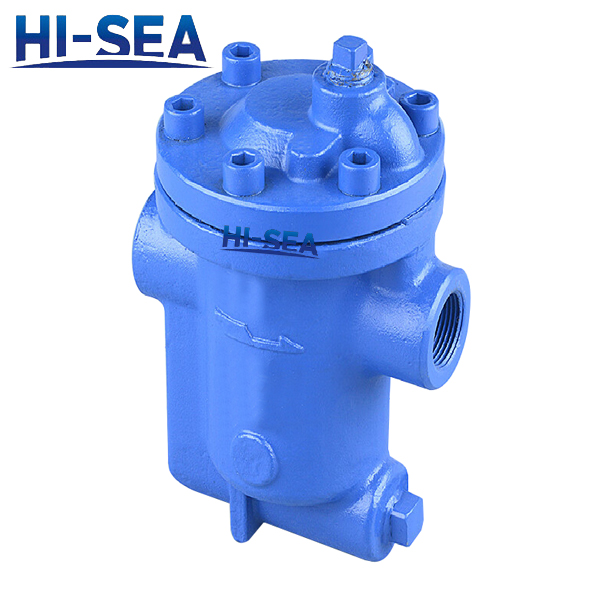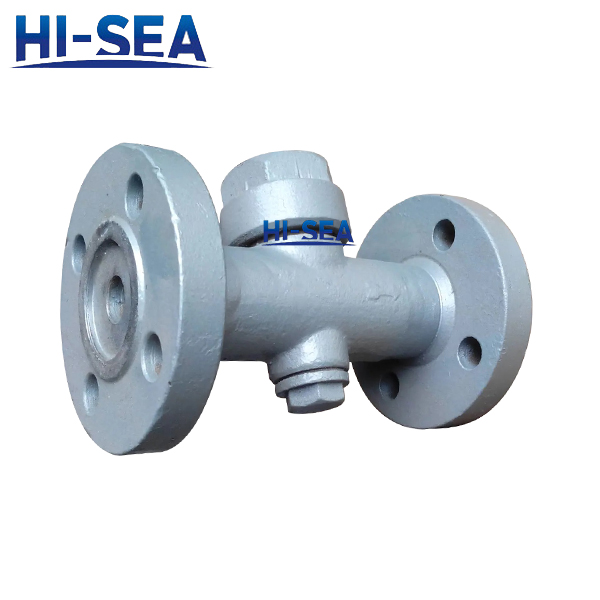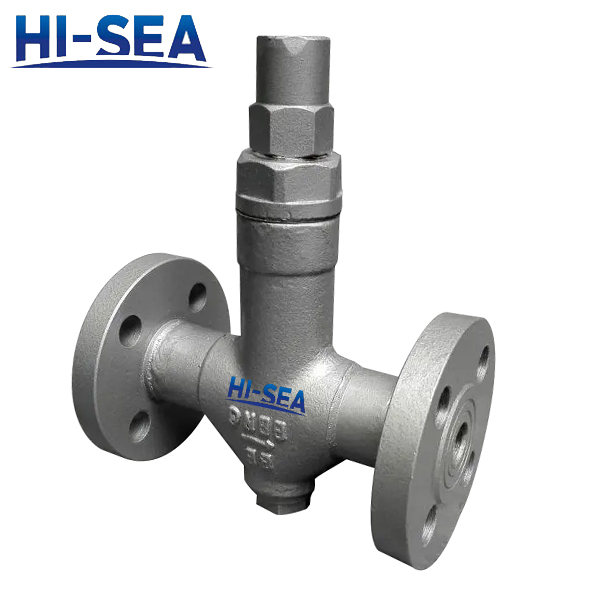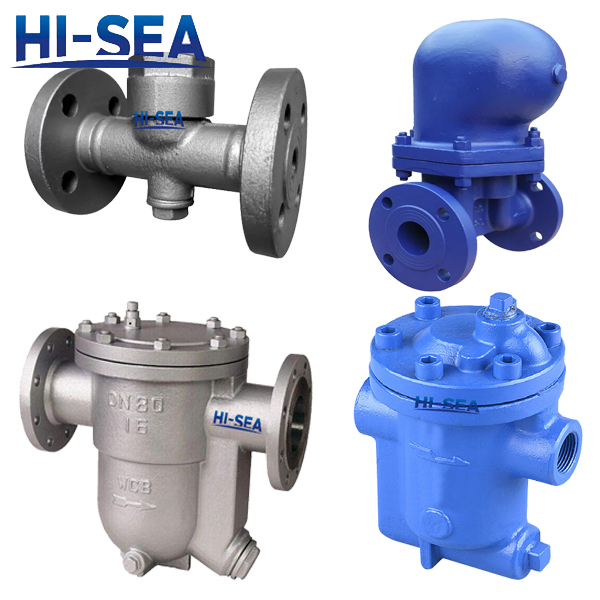
Drain Valves
Introduction:
The (Drain Valves) steam trap plays a role of blocking steam and draining water in the steam heating system. Selecting a suitable steam trap can make the steam heating equipment reach the highest working efficiency. To achieve the best results, it is necessary to have a comprehensive understanding of the working performance and characteristics of various types of steam traps.
The steam trap must be able to “identify” steam and condensate, so as to prevent steam and drain water. The “identification” of steam and condensate is based on three principles: density difference, temperature difference and phase change. Therefore, three types of steam traps are manufactured according to three principles: mechanical type, thermal static type and thermal dynamic type.
Working principle:
The steam trap is installed between the steam heating equipment and the condensate return header. When opened, the barrel is at the bottom and the valve is fully open. After entering the drain valve, the condensate flows to the bottom of the barrel, fills the valve body, and completely submerges the barrel. Then, the condensate is discharged to the return header through the fully open valve. The steam also enters the drain valve from the bottom of the barrel, occupies the top of the barrel, and generates buoyancy. Slowly raise the can body and gradually move the lever towards the valve seat until the valve is completely closed. The air and carbon dioxide gas are gathered at the top of the drain valve through the vent hole of the can body. The steam discharged from the vent will be condensed due to the heat dissipation of the trap. When the incoming condensate starts to fill the can body, the can body starts to exert a tension on the lever. As the condensate level rises, the force generated increases until the differential pressure can be overcome and the valve can be opened. When the trap valve starts to open, the differential pressure acting on the valve disc will decrease. The can body will drop rapidly to fully open the valve. The non condensable gas accumulated on the top of the drain valve is discharged first, and then the condensate is discharged. When the water flows out of the can body, it drives the dirt to flow out of the drain valve. At the same time of condensate discharge, the steam starts to enter the drain valve again, and a new cycle starts again.
Product Showing:
